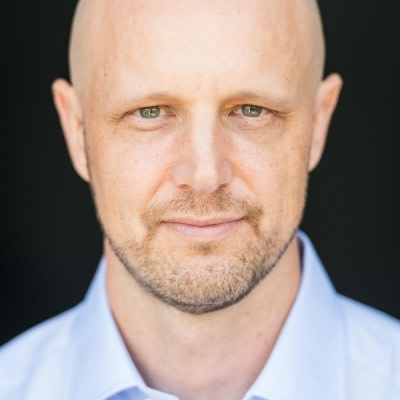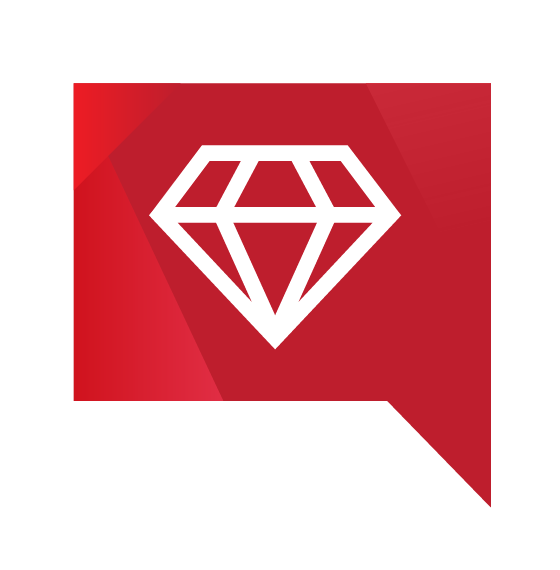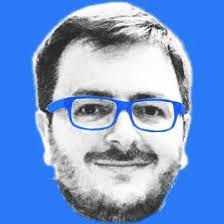A Q&A with Michael Hartl
Creator of 'Ruby on Rails Tutorial', author of The Tau Manifesto, & founder of Learn Enough.

His Ruby on Rails tutorial is a rite of passage for many budding Rubyists, including at least one of the curators of this newsletter. We’re grateful that he’s taken the time to answer a few questions today:
Back in 2010 when you did the first Rails Tutorial, did you think it’d be popular a decade on?
I certainly hoped so. I could tell from its design and momentum that Rails had a good chance of being a relevant technology for many years to come. And the Web certainly wasn’t going anywhere!
What accounts for its staying power?
It owes a lot to the staying power of Rails itself. Rails creator David Heinemeier Hansson and the other core Rails developers have done a great job of keeping Rails relevant in a changing web development landscape.
As for the Rails Tutorial specifically, it has helped to have the support of the Rails community, which has made the Rails Tutorial (along with its parent company, Learn Enough) a viable business. The financial support of Rails Tutorial customers has made it possible to continue updating the tutorial as Rails has evolved and grown.
What most excites you about Ruby’s and/or Rails’ future?
Ruby has a beauty and malleability that set it apart from competitors like Python and JavaScript. With Ruby-based companies like Stripe and Square supporting it, I expect Ruby to continue to thrive.
Rails, meanwhile, powers some of the biggest and most technologically savvy sites on the Web. Did you know that, in the run-up to Rails 6, both GitHub and Shopify ran their production sites off of the latest development version of Rails? That’s the kind of battle-testing that hardly any other frameworks can match.
You claim to be a philosopher. How do you use that in your everyday Ruby/development work?
I assume you’re referring to the inclusion of “natural philosophy” in my Twitter bio. That term is an old-timey phrase that roughly means “science”, but it suggests a more integrated and even “spiritual” approach to its subject. It emphasizes that science very much belongs as part of the “liberal arts”. That’s the view I took in my own studies, even as I eventually specialized en route to a Ph.D. in theoretical physics.
As a developer and educator, I apply this approach to integrate other areas of knowledge into my work, including fields like literature, history, and art. For example, if you look closely at the Learn Enough tutorials, you’ll find frequent references to Greek mythology, Roman history, and English literature. I think developing an appreciation of that broader perspective is an important part of a technical education.
What will the Rails Tutorial look like in 2030?
In 2030, the Rails Tutorial will be delivered by direct upload to your neural implant, like kung fu in The Matrix. “Whoa,” exclaimed Keanu. “I know Ruby on Rails!”
Michael is cofounder and principal author at Learn Enough.

Want more Ruby?
Join over 40,000 developers and sign up for Ruby Weekly. A free weekly newsletter about the Ruby programming language.
→ rubyweekly.com
